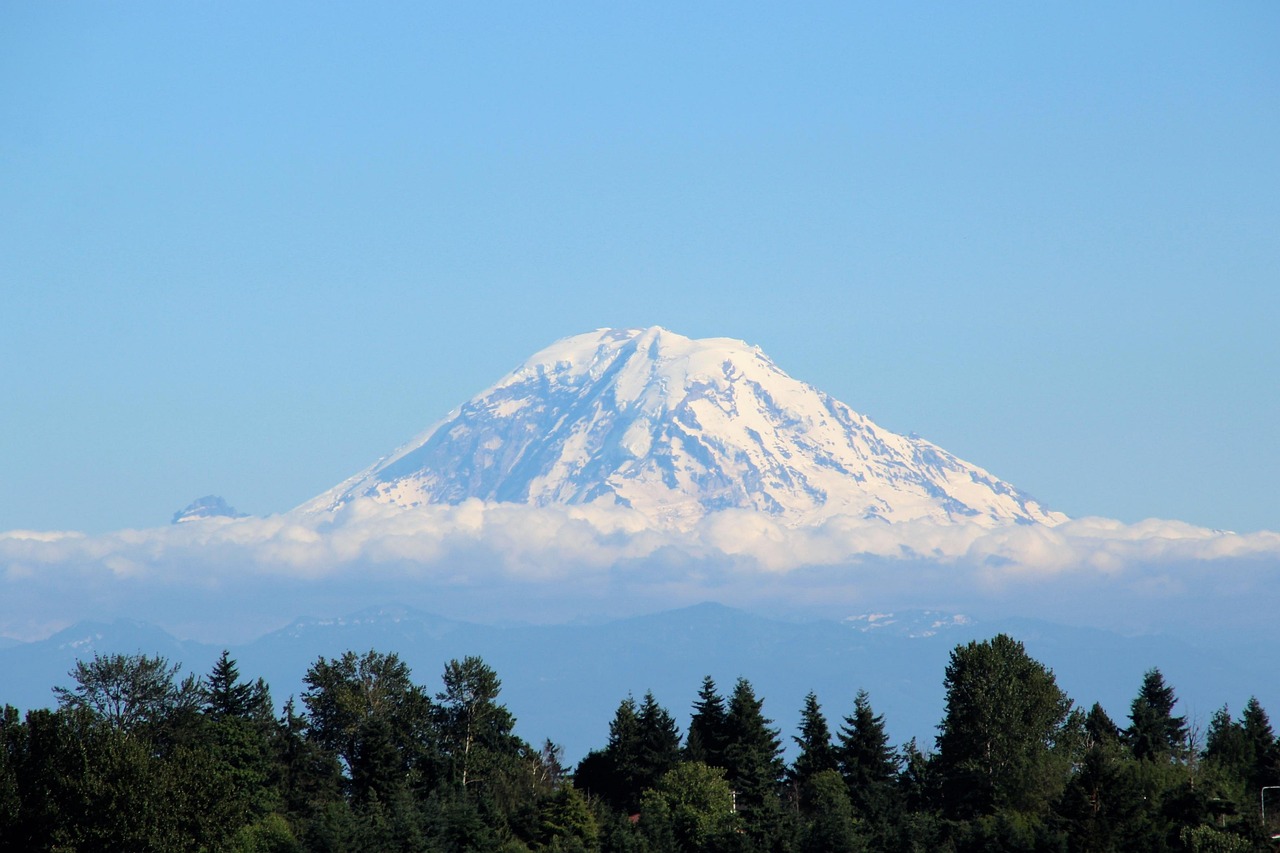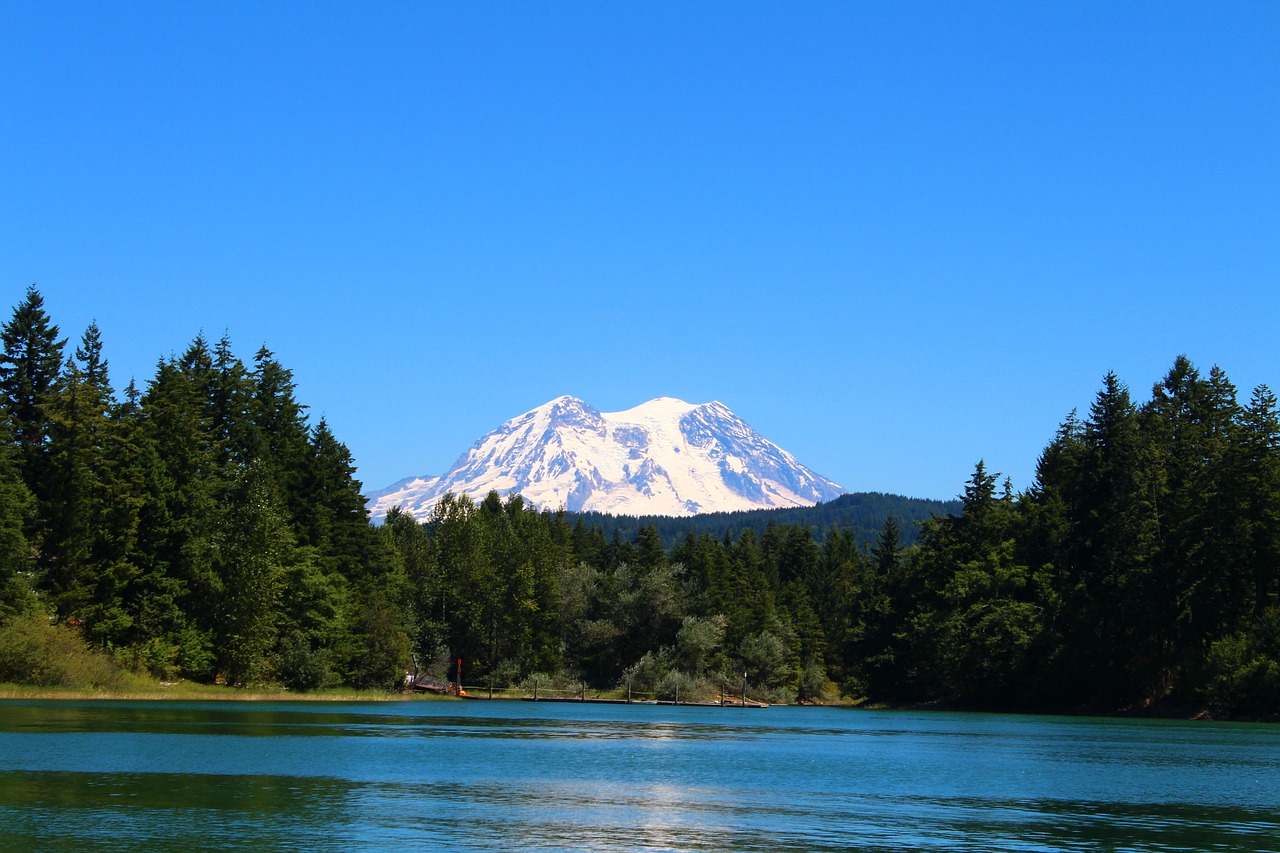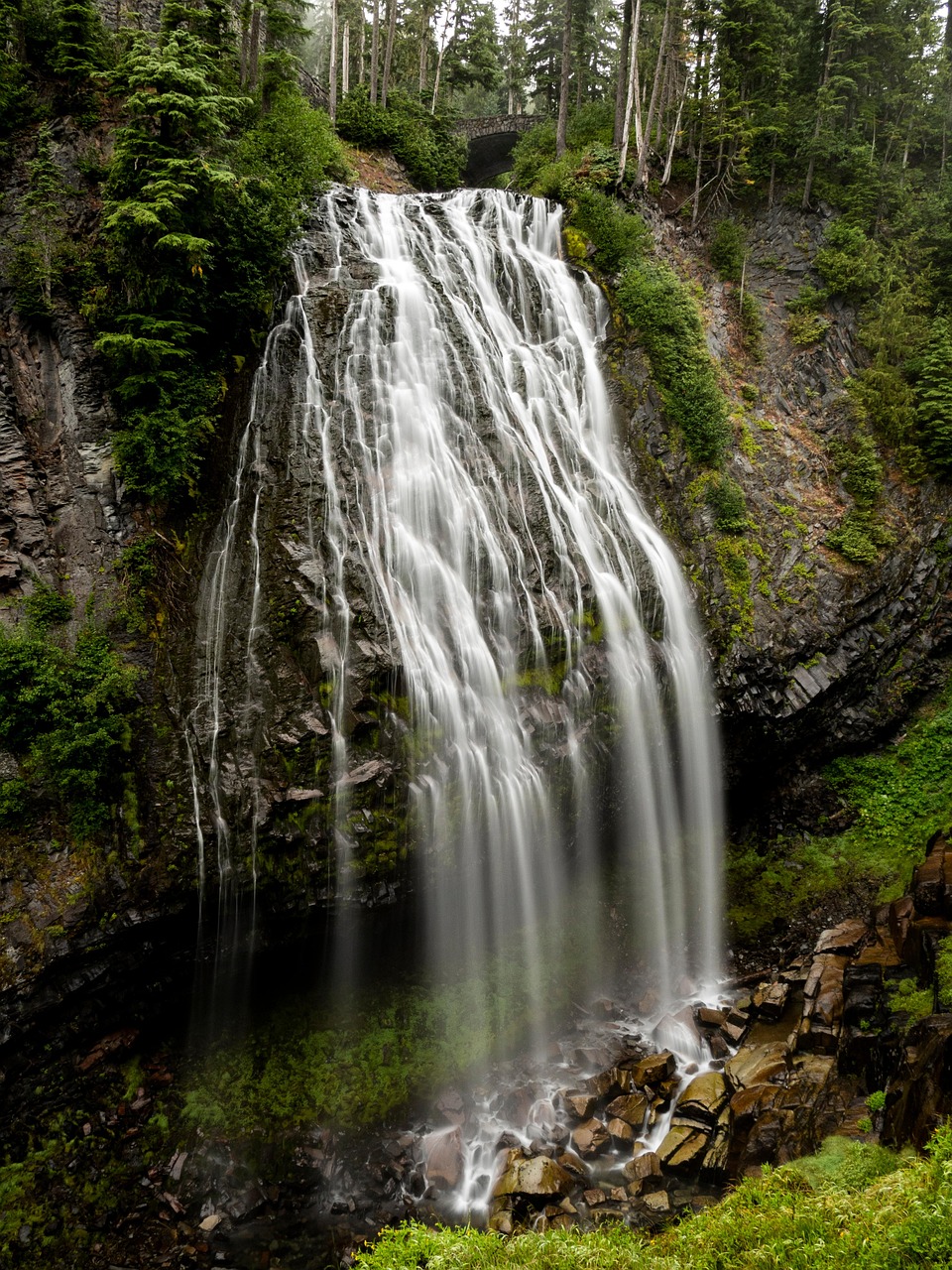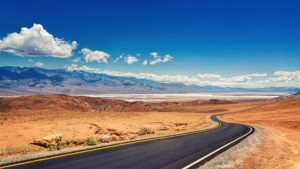A snowcapped backdrop to Seattle and Puget Sound, Mount Rainier is a slumbering giant—alive with ice, meadows, and story.
Fast Facts
-
Location: Washington State
-
Established: 1899
-
Size: 236,381 acres
-
Elevation: 14,410 feet (4,392 m)
-
Annual Visitors: ~1.6 million (2024)
-
Visitor centers: Sunrise, Jackson Visitor Center (Paradise), Ohanapecosh
-
Entrance fees: $30/vehicle, $25/motorcycle, $15/person; $55 annual Mount Rainier Pass
Sources: acreage & elevation, NPS; 2024 visitation, compiled; fees & passes, NPS. National Park Service+2Wikipedia+2
Why go—and what to know
Mount Rainier is one of America’s oldest national parks (1899), protected after conservationists—including John Muir—pushed to save its glaciers, subalpine meadows, and ancient forests from logging and mining. It remains the most heavily glaciated peak in the Lower 48, feeding five major rivers and framing life across the Puget Sound. Summer 2025 brings one important planning note: timed-entry reservations apply only to the Sunrise/White River corridor during peak hours; Paradise does not require timed entry in 2025. Standard park entrance fees still apply. National Park Service+3National Park Service+3National Park Service+3
Sunrise (northeast) — big skies, quick access
At 6,400 feet, Sunrise is the highest point you can reach by car. Trails spool out over open ridges with constant views of the Emmons Glacier. Stop at Sunrise Visitor Center for maps and ranger programs, then try mellow strolls like Silver Forest or go higher toward Sourdough Ridge and the Burroughs for lunar vistas. In 2025, timed entry is required here most days in peak season; arrive early/late or reserve ahead. Mount Rainier Guest Services+1

Paradise & Longmire (south) — meadows, waterfalls, “parkitecture”
Paradise earned its name for a reason: from mid-July to early August (weather dependent), the wildflower show is legendary—paintbrush, lupine, and avalanche lilies lighting up subalpine meadows beneath the Mountain. Pop into the Jackson Visitor Center for exhibits and current conditions. Just down the road, Longmire holds a small museum, historic buildings, and easy river walks—a softer introduction to Rainier’s forests. National Park Service+1
Ohanapecosh (southeast) — cedar, fir, and cool rivers
Lower, older, and greener: Ohanapecosh is all about giant trees, clear water, and deep shade. Check the Ohanapecosh Visitor Center and wander to Silver Falls along the roaring river. Note that the beloved Grove of the Patriarchs remains closed pending bridge replacement—plan alternatives nearby. National Park Service+2National Park Service+2
Carbon River & Mowich (northwest) — currently cut off
This “rain-forest corner” is typically the gateway to Mowich Lake, Spray Park, and Carbon Glacier—but access is shut down due to the permanent closure of the SR-165 Fairfax Bridge (no vehicles, bikes, or pedestrians; no alternate public route). Check the park’s road status page before building an itinerary around this area. WSDOT+2National Park Service+2

Plan your trip
Getting there
-
From Seattle (95 mi) or Tacoma (70 mi): enter via Nisqually (SR-706) for Paradise/Longmire.
-
From Yakima/Ellensburg: use SR-410/123 for Sunrise and the east side.
Always confirm road status—construction and seasonal storms can shift access. National Park Service
When to go
-
Wildflowers: typically mid-July to early August (varies by snowpack and temps).
-
Fall: crisp air, high visibility, fewer crowds.
-
Winter: Paradise becomes a snowshoe/ski playground (roads/conditions dependent). National Park Service
Where to stay
-
In-park lodges: Paradise Inn (historic “parkitecture”) and National Park Inn at Longmire; book well ahead.
-
Gate towns: Ashford (for Paradise), Enumclaw/Greenwater (for Sunrise).
-
Camping: seasonal campgrounds at Cougar Rock, White River, Ohanapecosh (2025 rehab work—check status). National Park Service
Costs & passes
-
Entrance: $30/vehicle, $25/motorcycle, $15/person (valid 7 days).
-
Mount Rainier Annual Pass: $55.
-
America the Beautiful Pass: accepted. (Timed-entry reservations, where required, are separate and low-cost on Recreation.gov.) National Park Service+1
Essential tips
-
Timed entry (2025): Sunrise corridor only; Paradise is no-reservation this year. Early morning/late evening can also avoid windows. National Park Service
-
Start early, park once: lots fill quickly on fair-weather weekends.
-
Protect the meadows: stay on trail; one shortcut scars for years.
-
Pack layers & water: weather flips fast; snow can linger into July.
-
Check conditions the night before: roads, construction, wildfire smoke, and trail closures change often. National Park Service
Three classic days
Day 1 — Paradise
Stroll Skyline or Deadhorse Creek for flower-framed glacier views; visit Jackson Visitor Center; sunset at Myrtle Falls. National Park Service
Day 2 — Sunrise
Reserve (or arrive outside the window), then walk Silver Forest for Emmons Glacier overlooks; go farther on Sourdough Ridge/Burroughs if you want ridge-top moonscapes. National Park Service
Day 3 — Rivers & forest
Head to Ohanapecosh for the Silver Falls Loop and old-growth shade; skip Grove of the Patriarchs (still closed) and explore nearby trails instead. National Park Service
Final word
Rainier doesn’t ask you to be a mountaineer to feel small and thrilled—it just asks you to step outside, look up, and let the meadows and ice do their work. Plan smart (especially for Sunrise in 2025), tread lightly, and you’ll understand why Washington simply calls it “the Mountain.”



